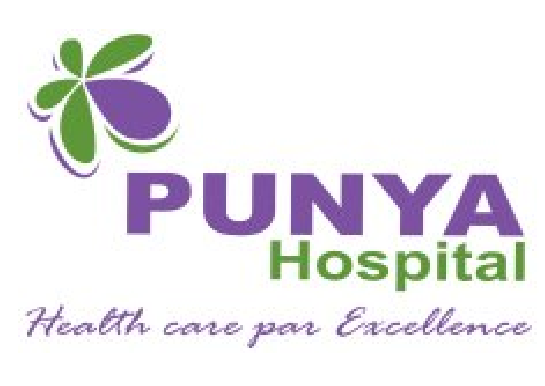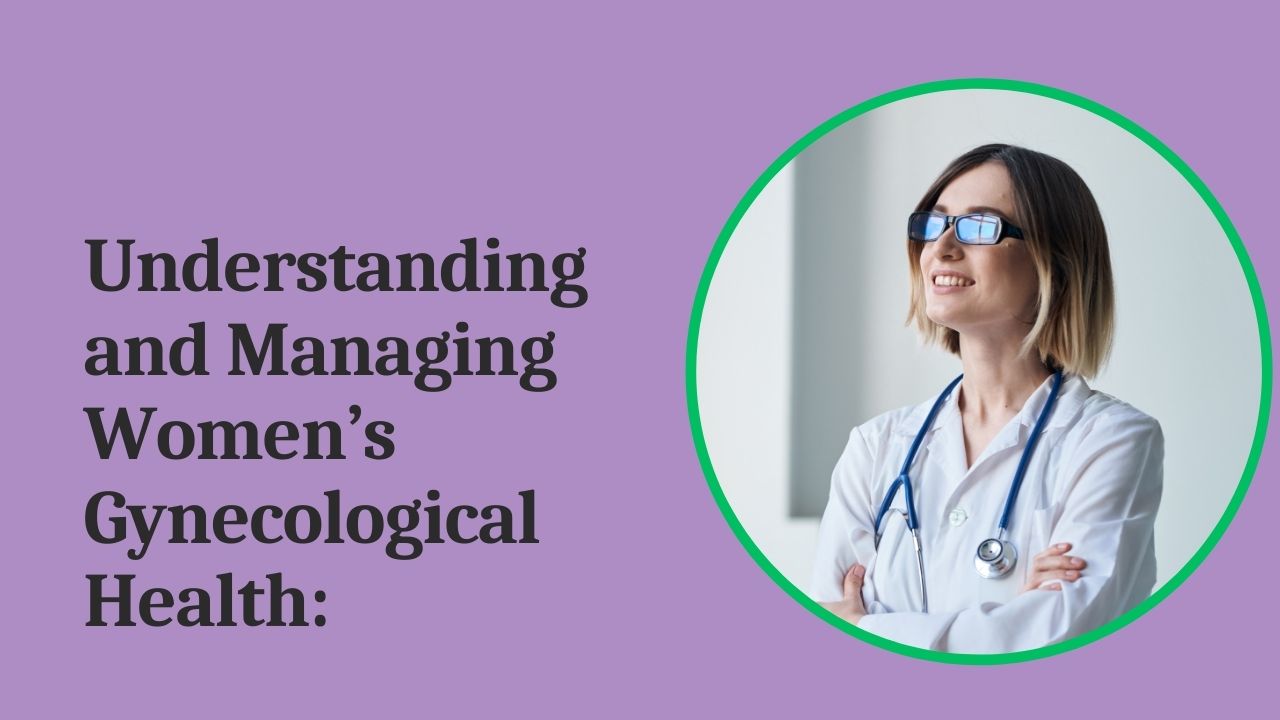Nearly every woman experiences a gynecological condition at least once in her lifetime.
Several of these conditions frequently reoccur, leading to significant complications that can
impact reproductive health and, in some cases, result in infertility.
Have you thought about the symptoms your body has sent on to you, especially concerning
common gynecological conditions? It’s time to have a comprehensive understanding of
prevalent gynecological diseases that empowers women to take a proactive approach to
preventing and reducing potential negative outcomes. In this blog, we will look at some of
the most common gynecological diseases, including their causes, symptoms, and treatment
choices.
Common Gynecological Conditions:
Women’s gynecological health issues cover a wide range of conditions affecting a woman’s
reproductive system. Women can face a variety of obstacles ranging from the beginning of
adolescence to the journey into menopause. Let’s discuss the common gynecological
disorders, their symptoms, and their impact on women’s lives.
Menstrual Issues: Painful menstruation, heavy menstrual bleeding, and the absence of
menstruation are prime symptoms of Menstrual Issues.
Polycystic Ovary Syndrome (PCOS): A hormonal imbalance, in which cysts form on the
ovaries, affects fertilization and regular menstruation.
Endometriosis: Endometriosis is a condition where uterine tissue grows outside the uterus,
causing discomfort and pregnancy issues.
Fibroids (Uterine Fibroids): Uterine fibroids are a non-cancerous tumor that grows in and
on the uterus and can cause pain and heavy bleeding during periods.
Ovarian Cysts: An ovarian cyst is a fluid- or semisolid-filled sac that forms on or within one
or both of your ovaries, causing pain or disrupting the menstrual cycle but not the ovulation
process or infertility.
Vaginitis: Vaginitis is a vaginal inflammation or infection caused by organisms such as yeast
or bacteria or by chemical substances or sprayer irritation.
Sexually Transmitted Infections (STIs): Sexually transmitted infections (STIs), such as
chlamydia, gonorrhea, syphilis, and others, are highly contagious, with symptoms like
burning, itching, or discharge in the vaginal area.
Menopause and Perimenopause: When a woman’s menstruation stops or is about to stop,
she often experiences a variety of symptoms.
Premenstrual Syndrome (PMS) and Premenstrual Dysphoric Disorder (PMDD):
Physical and emotional symptoms like bloating, headaches, and breast tenderness that occur
before menstruation are known as PMS, with PMDD being a more severe form like high
irritability, anxiety, or depression.
o Benign Breast Disorders: Breast problems that are not cancerous, such as
fibrocystic changes, breast discomfort, or breast lumps.
o Incontinence of the Urine: Unconsciously, urine leaks are commonly linked with
weak pelvic floor muscles.
Treatment Option:
Menstrual Issues: For severe cases, pain relief drugs, hormonal birth control methods,
lifestyle changes, and surgical procedures are among the choices.
PCOS: To manage the illness, lifestyle changes, hormonal drugs such as birth control pills,
anti-androgens, insulin-sensitizing agents, and fertility therapies may be required.
Endometriosis: Gynecologist endometriosis medication, pharmacological treatments to
reduce estrogen production, surgical procedures to remove endometrial implants, or, in
extreme situations, a hysterectomy are all used to control pain.
Fibroids (Uterine Fibroids): Medications for symptom relief, uterine artery embolization,
and surgical treatments such as myomectomy or hysterectomy are available.
Ovarian Cysts: Small, asymptomatic cysts are monitored, and big, symptomatic cysts are
surgically removed.
Vaginitis: Antifungal or antibiotic medications can be used to address the problem, although
avoiding irritants and practicing proper hygiene are essential.
Sexually Transmitted Infections (STIs): Depending on the infection, antibiotics or antiviral
drugs may be prescribed.
Incontinence of the Urine: This includes pelvic floor exercises, medications, and surgical
procedures in certain cases.
Menopause and Perimenopause: Hormone replacement therapy (HRT) is a treatment used
to alleviate symptoms and promote overall health through lifestyle modifications.
Premenstrual Syndrome (PMS) and Premenstrual Dysphoric Disorder (PMDD):
Antidepressants and hormone therapies, as well as lifestyle changes, can help control
depression and enhance general well-being.
Benign Breast Conditions: This includes checking for benign tumors, using pain relievers,
and having particular conditions surgically removed.
Bottomline
Understanding and addressing common gynecological conditions, such as endometriosis,
menstrual irregularities, and infections, is crucial for women’s health. Prioritizing these issues
is not just a medical necessity but an investment in their well-being and empowerment. A
thorough understanding of gynecological diseases and treatment emerges as an essential
component as we navigate the world of women’s health.



